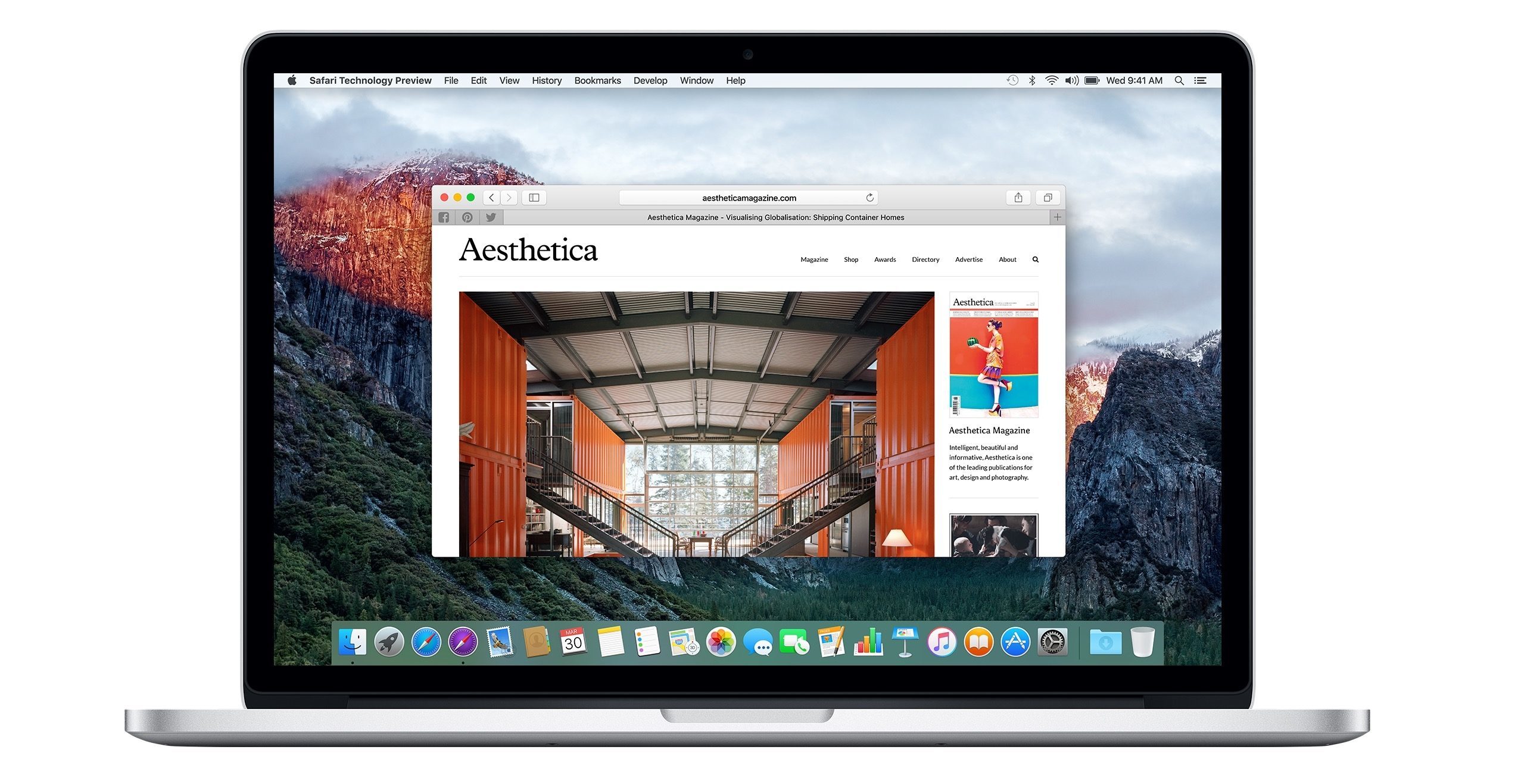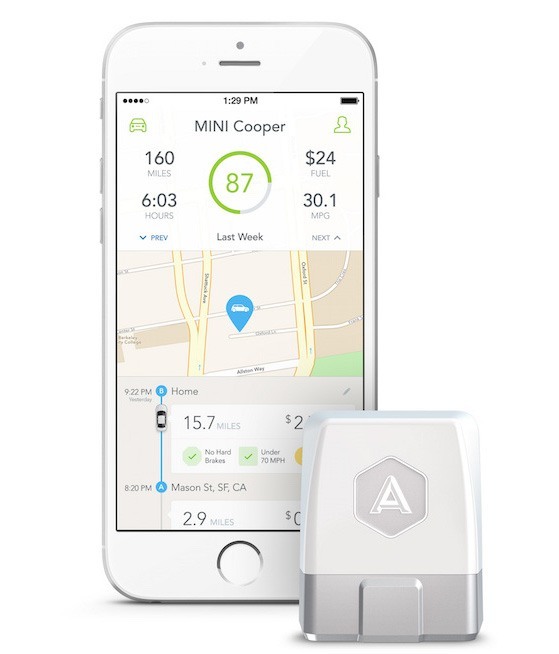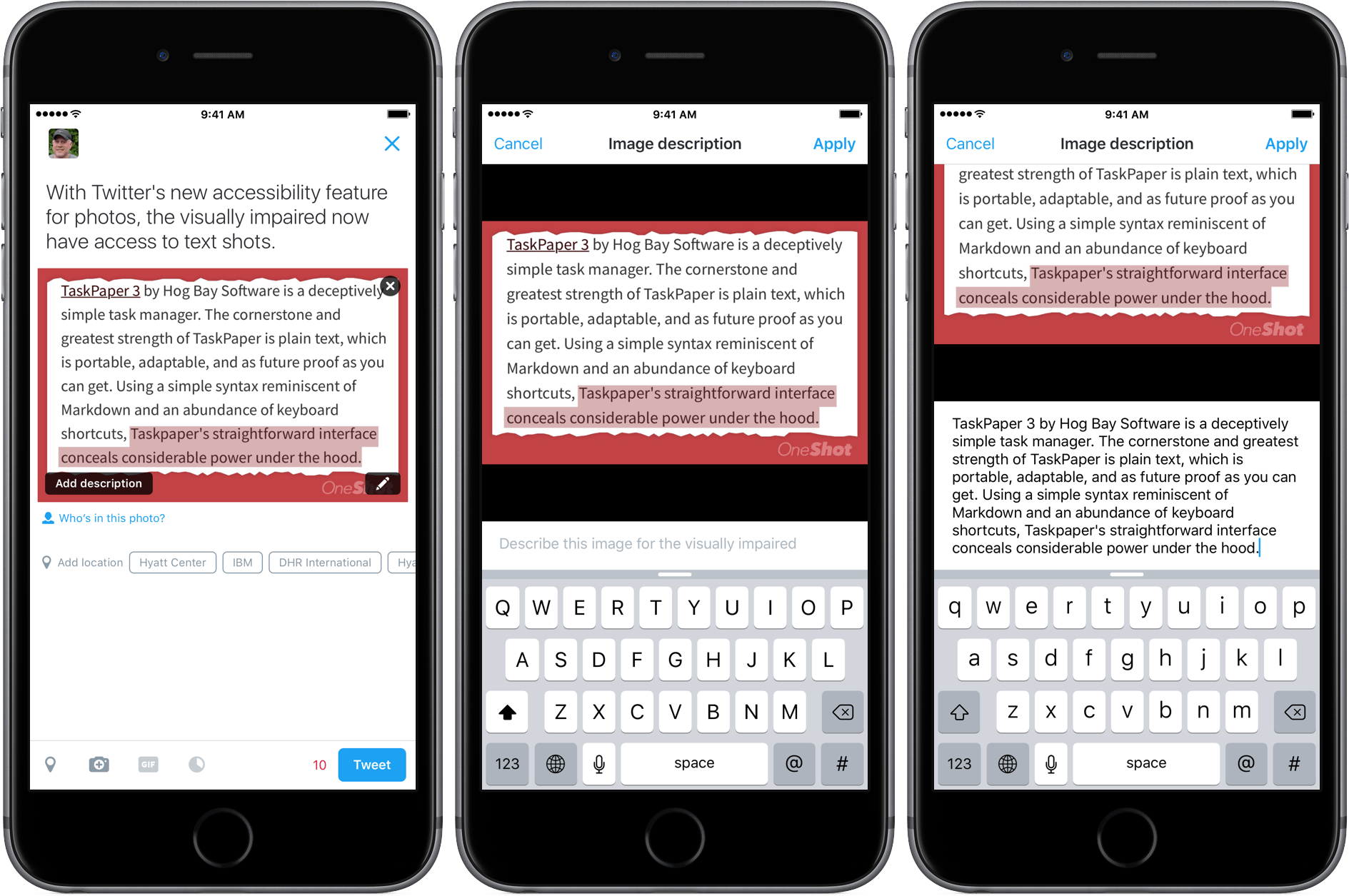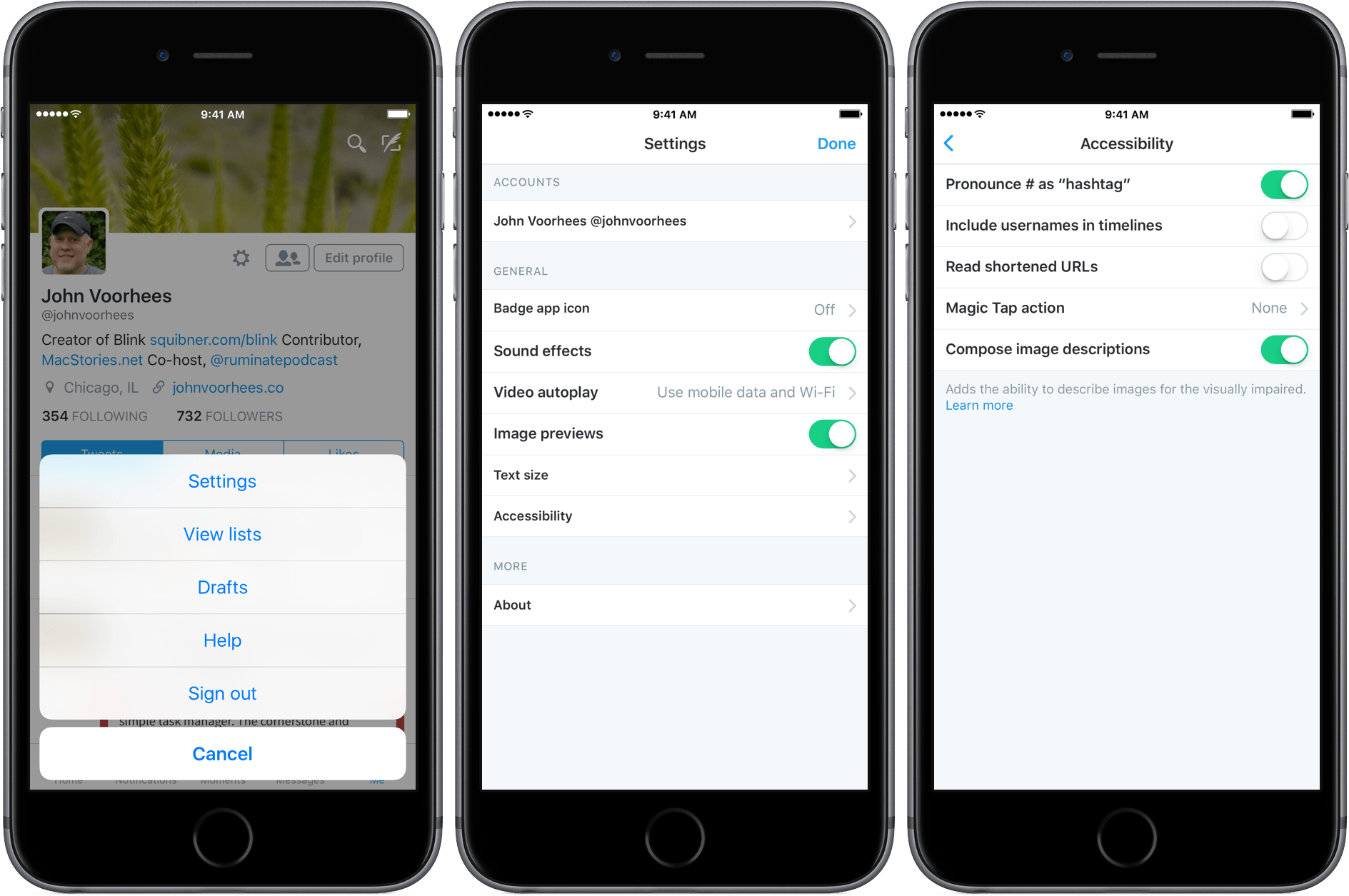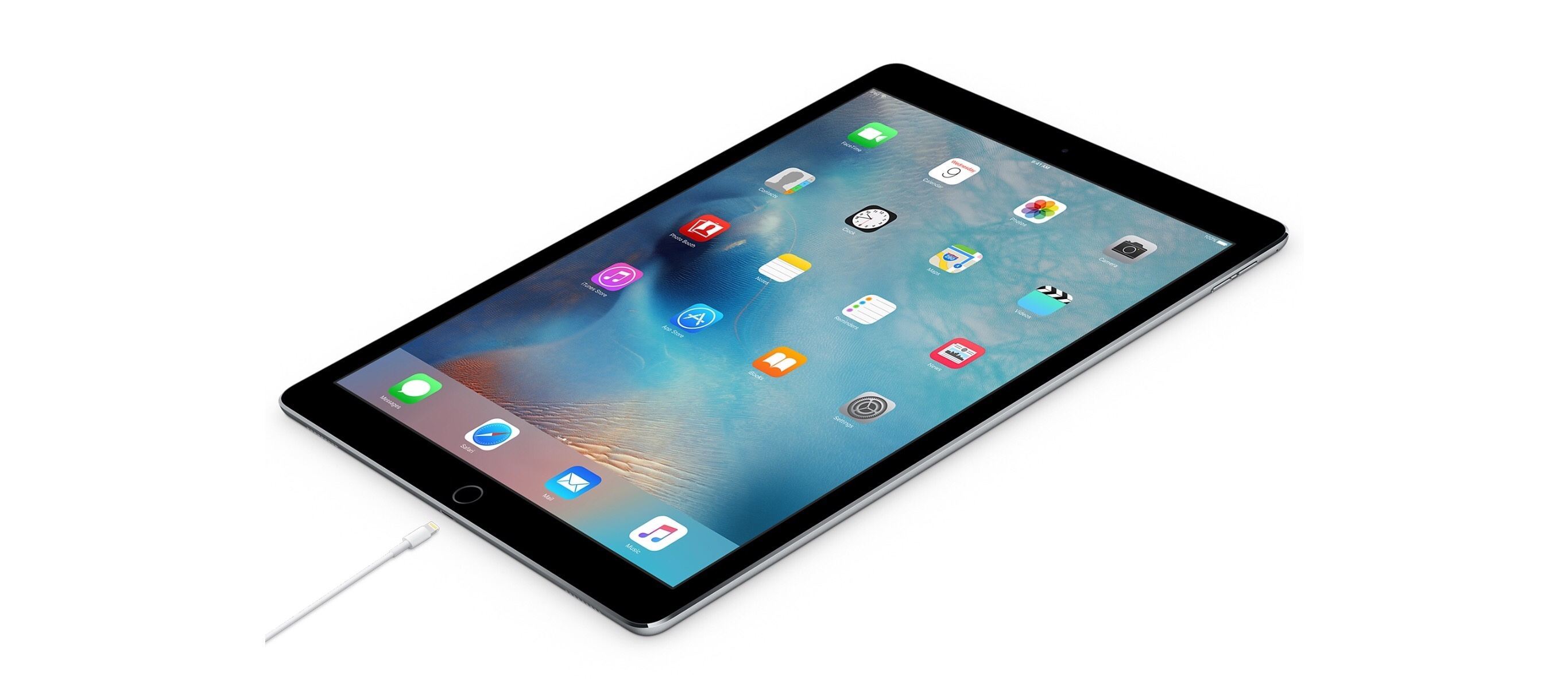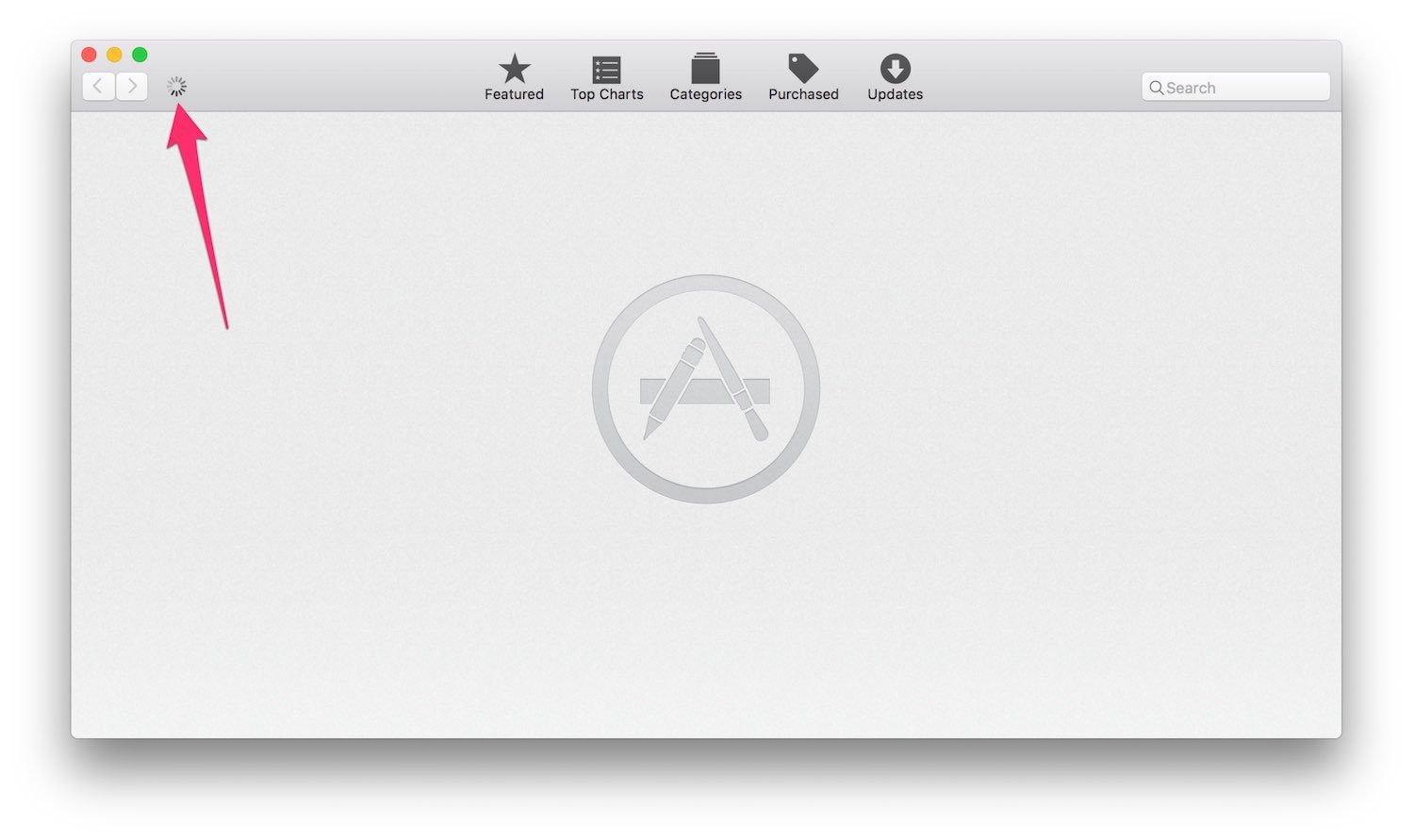Yeti is all about quick capture and effortless export. Yeti’s main interface is dominated by four colorful buttons that allow you to capture your thoughts with a note, a photo or video, audio, or a sketch. What you create is stored on iCloud Drive in one of a handful of non-proprietary formats that can be easily opened in other apps. And while Yeti does an admirable job of making it fast and easy to record information on your iPhone, the lack of support for capturing data from other devices or apps, will limit Yeti’s utility for some people.
Capture Ideas Quickly and Easily With Yeti
Miitomo for iOS Goes Live Internationally→
Nintendo’s highly anticipated iOS debut title, the social free-to-start app Miitomo, is now available in the US and several European countries.
I’ve been keeping an eye on Miitomo – I still don’t completely understand it, but I’m intrigued by the premise of a friend-based network with mini-games and the ability to collect coins. Those coins can then be used to claim rewards and redeem other Nintendo-related content such as games and customizations. I’m curious to see how Miitomo will perform outside of Japan.
This morning Nintendo also launched My Nintendo, their new web service, globally. As I noted on Twitter, it’s a surprisingly well done web app. If you’re going to install Miitomo this morning, make sure to connect your existing Nintendo Network ID and online profiles to earn some free points and easily find new friends to add on Miitomo.
Google Announces Cardboard SDK for iOS, VR View for Apps and Websites→
Interesting updates for the only VR viewer I own: starting today, iOS developers can create native apps for Google’s Cardboard VR thanks to a new iOS SDK, and they can also embed VR views in their apps and websites.
VR views take 360 VR images or videos and transform them into interactive experiences that users can view on their phone, with a Cardboard viewer, or on their desktop computer. For native apps, you can embed a VR view by grabbing the latest Cardboard SDK for Android or iOS and adding a few lines of code. On the web, embedding a VR view is as simple as adding an iframe on your site. We’re open-sourcing the HTML and JavaScript for web developers on github, so you can self-host and modify it to match your needs.
Google’s blog post has an example of a VR view – tap a button, put your phone in the Cardboard, and view the content in VR. Very nice.
Apple Launches Safari Technology Preview for OS X
Safari is joining the growing collection of apps and developer tools that Apple wants to open up for public testing. Earlier today, Apple unveiled Safari Technology Preview, a separate version of Safari for OS X that will allow users and developers to test upcoming WebKit features.
Safari Technology Preview (which, unlike the regular Safari, has a purple icon) is a standalone app that will be updated every two weeks from the Mac App Store.
The browser will be fully compatible with iCloud: contrary to WebKit Nightly previews (the existing way of testing upcoming WebKit changes), Safari Technology Preview supports iCloud Tabs, Reading List, bookmarks, and every other iCloud feature of the stable version of Safari. Integration with iCloud should make it easier for users and developers to test Safari Technology Preview as their daily browser as they won’t lose access to their iCloud account and personal data.
Here’s Apple’s Ricky Mondello:
Safari Technology Preview is a standalone application that can be used side-by-side with Safari or other web browsers, making it easy to compare behaviors between them. Besides having the latest web features and bug fixes from WebKit, Safari Technology Preview includes the latest improvements to Web Inspector, which you can use to develop and debug your websites. Updates for Safari Technology Preview will be available every two weeks through the Updates pane of the Mac App Store.
Features already available for testing include support for the latest iteration of JavaScript (ECMAScript 6), the B3 JavaScript JIT compiler, and a new way to programmatically cut and copy to the clipboard in response to a gesture.
Safari Technology Preview requires a Mac running OS X 10.11.4 and it’s available for download today here.
The Astonishing File System→
I like how Ben Brooks describes going back to OS X after using an iPad Pro as his primary computer:
It’s like going home to your parents house for the holiday. It’s home and that’s really nice. But it’s also home and that is really chaotic for most of us. So while it is always nice to visit home, you never want to really stay at home. You want to be back at your home.
That’s what the Mac feels like to me now. I really like Mac OS X, and the MacBook, and would have no problems using them, but knowing what it is like to be on iOS only now — with that knowledge — there’s no way I don’t want to be on iOS.
Win an Automatic Adapter or Get 20% Off [Sponsor]
This week’s MacStories sponsor is Automatic, a small “connected car adapter.” Automatic plugs into your car’s diagnostic port—every car made since 1996 has got one—and pairs with your phone. Data about your car’s performance can flow between Automatic and your phone, and even out to the Internet.
It connects your car to the free Automatic app, which helps you save money on gas, automatically logs your trips and parking location so you never lose your car, explains what’s wrong if your “check engine” light comes on, and even detects when you’ve been in a crash and can call for help and alert your loved ones.
There’s even smart-device integration, so Automatic can adjust your Nest thermostat as you leave or before you arrive, connect to Philips Hue lights, and use IFTTT to connect with Google Docs, Twitter, Evernote, and more.
Twitter Makes Photos Accessible to the Visually Impaired
Photography has always been a big part of Twitter, and today, it announced a new accessibility feature that brings photos to the visually impaired. The new feature is simple to enable. Just go to the ‘Me’ tab in Twitter’s official client and tap the gear icon near the top of the screen. Next, go to the Accessibility section of Settings and turn on the ‘Compose image descriptions’ toggle.
Once enabled, when you compose a tweet with an image, a button will appear in the lower left corner of the image that says ‘Add description.’ Tapping on that button allows you to add a description of up to 420 characters – three times the normal length of a tweet. Unlike some recent innovations at Twitter, photo descriptions will be available as part of Twitter’s REST API and Twitter Cards, which means third-party developers can add the feature to their own Twitter clients too.
Twitter should be commended for what is an important, and I think will prove to be a popular, feature. Not only does it bring photography to the visually impaired, but it also brings text shots, which have been widely used to get around Twitter’s 140-character limit, but criticized for being inaccessible, to a wider audience. Here’s a short video I made with a text shot of one of my recent reviews:
Testing Apple’s 29W USB-C Power Adapter and iPad Pro Fast Charging
When Apple refreshed its online store with a new USB-C to Lightning cable with support for fast charging through a 29W power adapter on the 12.9-inch iPad Pro last week, the addition immediately caught my interest.
You can also use the cable with an Apple 29W USB-C Power Adapter to take advantage of the fast charging feature on the 12.9-inch iPad Pro. – Apple
Just as everyone was focusing on the smaller iPad Pro and its True Tone display and superior camera, Apple’s semi-hidden note on fast charging seemed to promise a fix for what is, in my opinion, the most annoying aspect of the big iPad Pro – it takes too long to charge.
As I noticed when I was reviewing the iPad Pro last year (and as reported by other publications), the 12W power adapter included in the iPad Pro box takes about four and a half hours to fully charge the device. While the 12W adapter is recommended for fast charging on the iPhone, it barely manages charge a 12.9-inch iPad Pro in under five hours if it’s not being used.
I use the iPad Pro as my only computer every day, and I often need to quickly charge it before going out so I know it won’t run out of juice when I’m using it for a few hours on 4G with music playing through the speakers. Fast charging on the iPad Pro is a big deal to me, though I understand why people who primarily use it at home and charge it overnight won’t see the appeal of it. As soon as we wrapped up our coverage of the March 21 event, I went ahead and splurged 98 Euros on a 29W adapter and a 2-meter USB-C to Lightning cable.
What to Do When the Mac App Store App Just Spins and Spins
Recently I found myself in a bind: the Mac App Store app on my Retina MacBook would launch, but would not show me anything except a little spinning circle near the top-left corner. I left it like that overnight and when I came back the next morning it was still spinning. Fixing it was tricky, even for an experienced Mac user like myself, so I thought I’d share what worked for me in case you ever find yourself in that situation.


